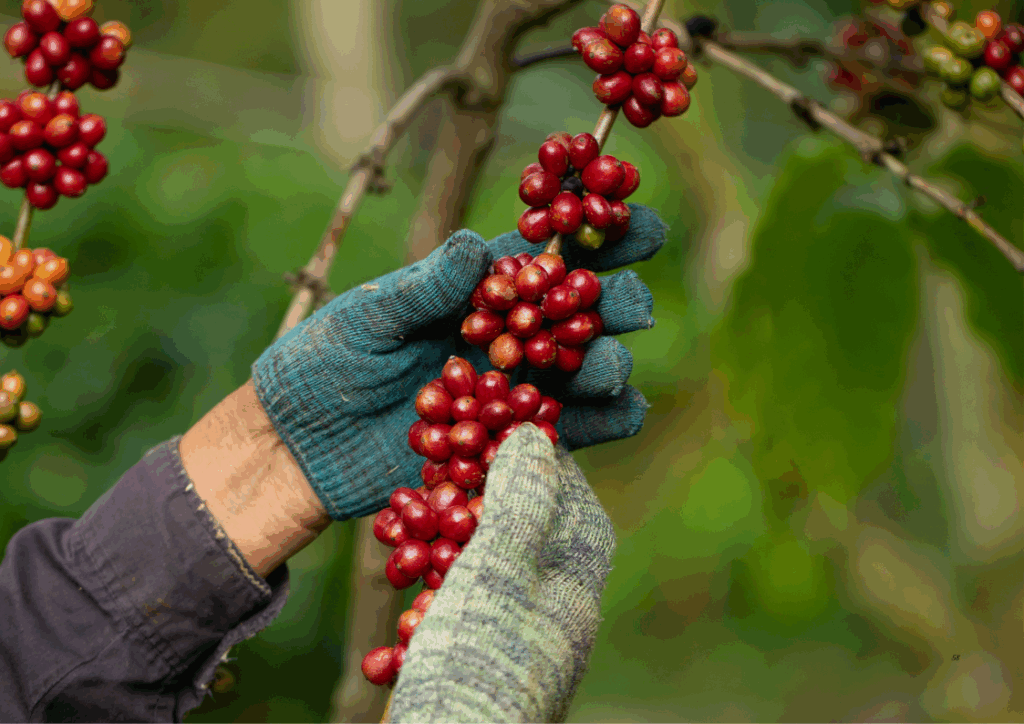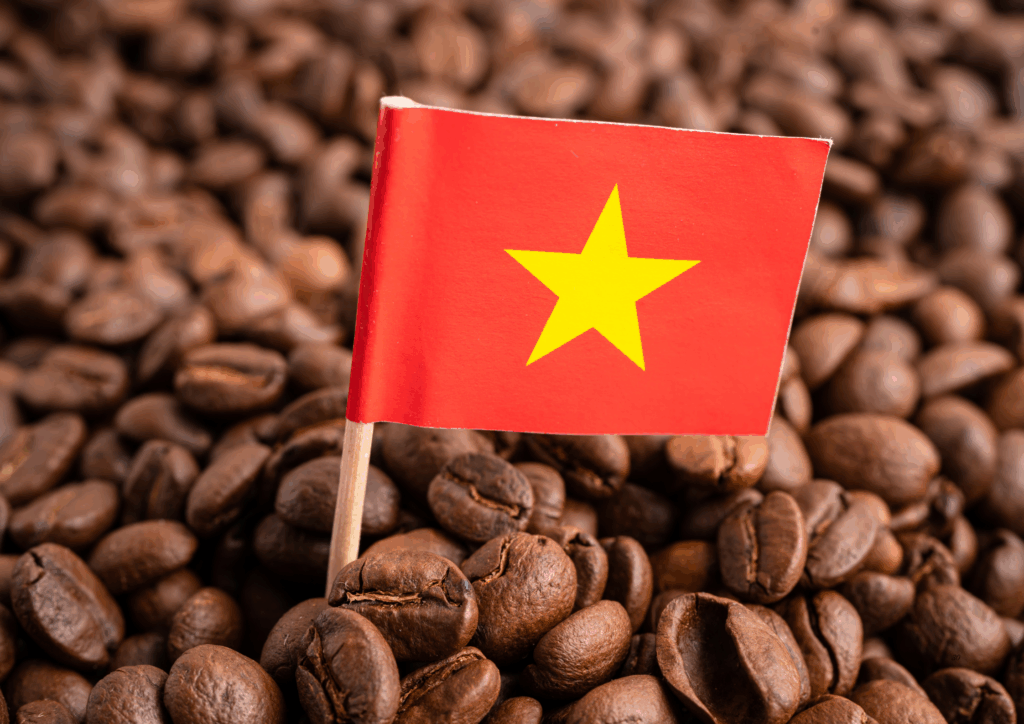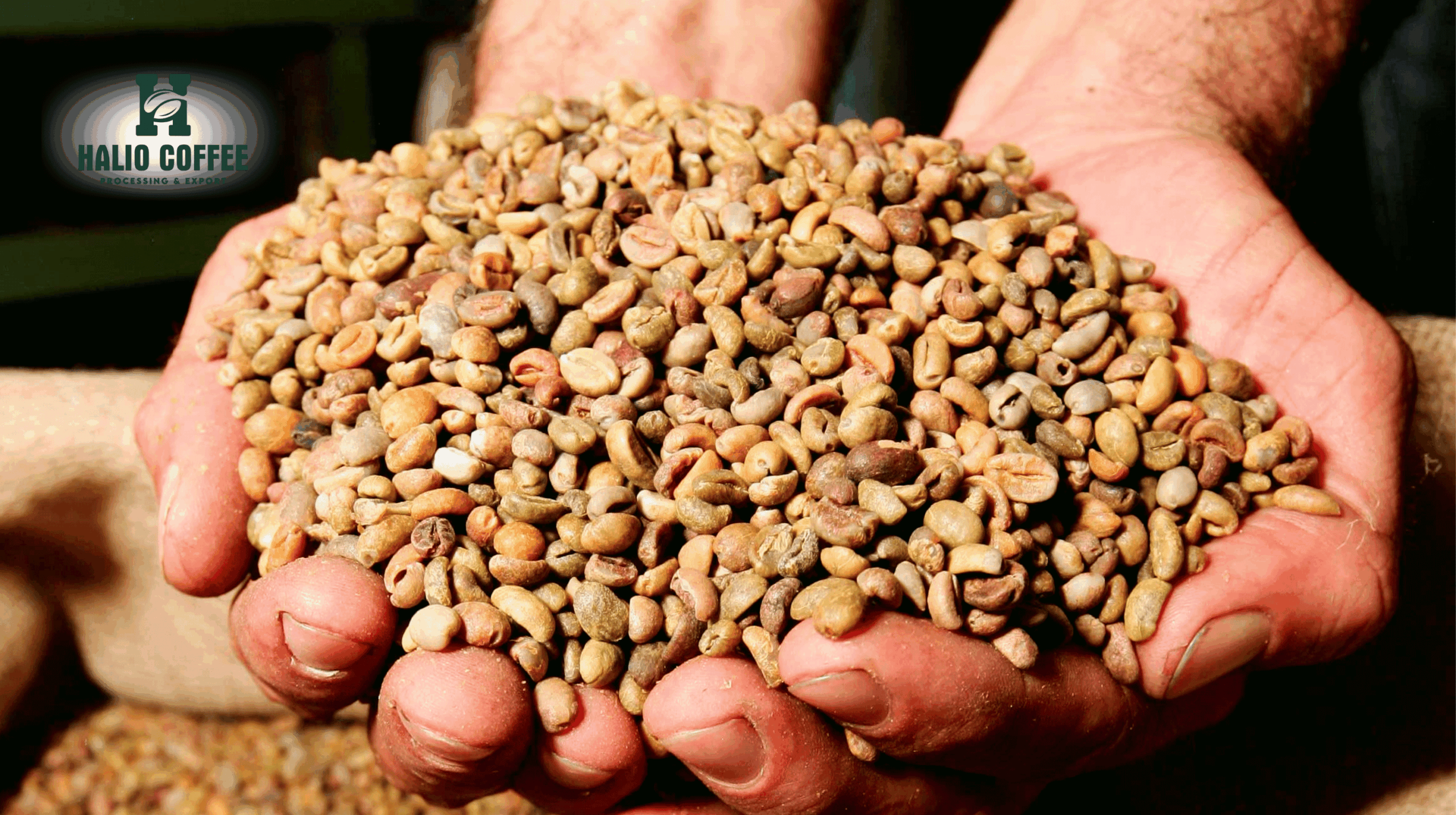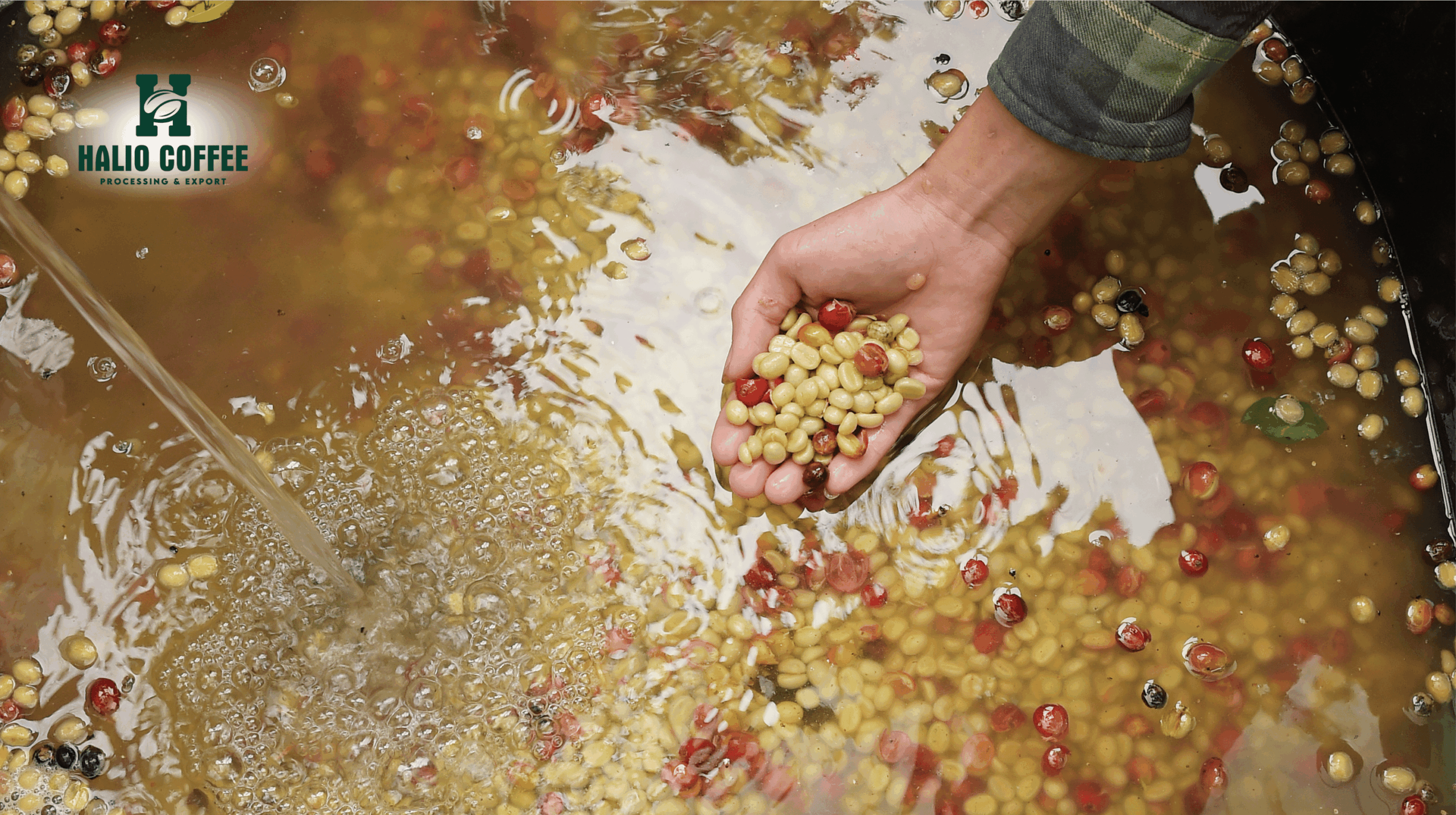Vietnamese Arabica Coffee Beans Price: A Comprehensive Guide for Roasters and Distributors
Vietnam has long been recognized as the world’s largest producer of robusta, but in recent years, Arabica production has gained significant momentum. Among the many considerations for roasters, importers, and distributors, Vietnamese Arabica coffee beans price has become an increasingly important metric. Understanding the cost structure, influencing factors, and competitive advantages of Vietnamese Arabica is essential for companies making sourcing decisions.
For businesses in roasting, blending, or distribution, pricing impacts not only profitability but also long-term sustainability. Vietnam offers unique opportunities with its ability to supply both high-quality Arabica and practical options like Vietnamese Arabica B grade coffee, giving buyers flexibility across market segments.
Positioning Vietnamese Arabica Coffee in the Global Context
Arabica coffee remains the most consumed coffee type worldwide due to its smoother flavor and higher perceived quality. While traditional Arabica powerhouses such as Brazil, Colombia, and Ethiopia dominate specialty markets, Vietnam is emerging as a competitive alternative.
One of the strongest advantages lies in Vietnam green coffee beans: the country already has a sophisticated infrastructure for producing, processing, and exporting coffee at scale. As this infrastructure expands into Arabica, pricing becomes a critical driver of global competitiveness.
Price Trends in Vietnamese Arabica Coffee
The Vietnamese Arabica coffee beans price is shaped by both domestic and international market forces. While specialty Arabica commands premium prices globally, Vietnamese Arabica is often priced more competitively, making it attractive for bulk buyers.
Typical trends observed include:
- Lower price points than South American Arabica: On average, Vietnamese Arabica is 15–25% cheaper than Colombian or Brazilian specialty lots.
- Stable contract pricing: Thanks to government support and structured export systems, Vietnam provides more stability in forward contracts.
- Competitive B grade pricing: Vietnamese Arabica B grade coffee offers significant savings while maintaining consistent quality, often used in blends or mid-tier consumer products.
For roasters and distributors, these pricing dynamics open doors to new product development and diversification while maintaining profitability.
Factors Influencing Vietnamese Arabica Coffee Beans Price

Climatic and Regional Influences
Arabica in Vietnam is primarily grown in cooler, higher-altitude regions such as Sơn La, Điện Biên, and Cầu Đất (Lâm Đồng). Yields and quality are directly tied to weather patterns. Drought or irregular rainfall can impact output, influencing prices.
Production Costs
Farm labor, fertilizers, and post-harvest processing all contribute to final pricing. In Vietnam, production costs are often lower than in Latin American countries, giving exporters a pricing edge.
Exchange Rates and Global Commodities
Fluctuations in the Vietnamese dong against the U.S. dollar, along with global commodity price movements, also play significant roles in shaping Vietnamese Arabica coffee beans price.
Government Policies
Vietnam’s government actively supports its coffee industry through subsidies, research, and trade agreements. These measures often help stabilize export pricing and provide predictability for long-term contracts.
Sustainability and Certification Costs
As demand for sustainable coffee grows, certification (Fairtrade, Rainforest Alliance, organic) adds costs to Arabica production. Roasters committed to ethical sourcing may pay premiums for certified Vietnam green coffee beans.
Comparing Arabica B Grade and Specialty Pricing
To better understand the price spectrum, it’s useful to compare Vietnamese Arabica B grade coffee with higher-end specialty Arabica.
- B grade Arabica: Typically priced 20–30% lower than specialty lots, ideal for blends and commercial roasting.
- Specialty Arabica: Commands premium prices but requires stricter quality standards, traceability, and often micro-lot processing.
This tiered pricing model allows buyers to mix grades depending on their product strategy, balancing margins while maintaining quality.
The Role of Vietnamese Arabica in Blends
Pricing alone does not determine value—functionality in blends also plays a role. For large-scale roasters, Vietnamese Arabica offers:
- Cost-effective blending base: It reduces overall blend costs while preserving Arabica smoothness.
- Flexibility with robusta: Pairing Vietnamese Arabica with Vietnam’s abundant robusta creates cost-effective blends for the mass market.
- Consistency in roasting: The stable Vietnamese Arabica coffee beans price supports predictable product lines across multiple markets.
Export and Logistics Considerations
Price is not only about farmgate value but also logistics. Vietnam’s advanced export infrastructure reduces transport and handling costs, giving buyers an advantage.
Key logistics advantages include:
- Efficient ports: Major shipping hubs like Ho Chi Minh City and Hải Phòng connect to global trade routes.
- Bulk export capability: Vietnam is adept at supplying bulk Vietnamese Arabica coffee suppliers, ensuring large volumes at competitive shipping rates.
- Shorter lead times for Asia-Pacific markets: Proximity to key importing countries reduces costs compared to South America or Africa.
How Roasters Use Pricing Insights for Strategy
For roasters and distributors, understanding Vietnamese Arabica coffee beans price is about more than budgeting. It directly informs:
- Product development: Whether to launch mid-tier Arabica blends or premium single-origin lines.
- Contract negotiations: Securing long-term price stability through direct trade agreements.
- Market positioning: Offering competitive retail prices in response to consumer demand.
The Impact of Direct Trade on Pricing
Direct trade models—already significant in Vietnam—impact pricing in two ways:
- Premiums for traceability: Buyers pay slightly more for direct relationships but benefit from transparency and farmer partnerships.
- Reduced intermediary costs: Cutting out middlemen can stabilize pricing, particularly for Vietnamese Arabica B grade coffee and specialty lots.
This model aligns with the broader movement toward sustainability and ethical sourcing.
Pricing in Comparison to Other Origins
Vietnam’s competitiveness becomes clearer when compared with other Arabica origins:
- Brazil: Often cheaper at the commercial level, but logistics from South America to Asia are costlier.
- Colombia: Strong specialty reputation, but typically more expensive by 20–30%.
- Ethiopia: Unique flavor profiles, but pricing is volatile and often premium.
Vietnam positions itself between these categories—competitive, stable, and versatile.
Specialty Arabica vs. Commercial Arabica: A Buyer’s Perspective
From the buyer’s standpoint, pricing is not just about dollars per kilogram. It’s about value creation.
- Specialty Arabica: Justifies high prices in niche consumer markets.
- Commercial Arabica (including B grade): Generates profit margins in mainstream retail and food service.
- Balanced portfolios: Companies sourcing both benefit from price flexibility, depending on consumer demand.
This is why the Vietnamese Arabica coffee beans price discussion matters across the entire value chain.
Sustainability Premiums and Their Effect on Pricing
The global coffee industry is shifting toward sustainability. For Vietnamese farmers and exporters, this means investing in:
- Organic farming techniques.
- Shade-grown coffee to protect biodiversity.
- Water-efficient processing methods.
While these practices may slightly increase prices, they also expand market access, especially in Europe and North America where sustainability premiums are more accepted.
Anticipating Future Price Movements
Forecasting the Vietnamese Arabica coffee beans price requires attention to:
- Climate risks: Arabica’s vulnerability to climate change may reduce yields and increase costs.
- Global demand shifts: Rising middle-class consumption in Asia is pushing up demand for Arabica.
- Trade policies: Tariffs, trade agreements, and political developments can alter export costs.
- Sustainability trends: Certifications and consumer demand for transparency may influence premiums.
Opportunities for Bulk Buyers
As the industry evolves, companies sourcing at scale are increasingly turning to bulk Vietnamese Arabica coffee suppliers. This next stage of exploration focuses on building partnerships that secure large, consistent volumes at competitive prices. Bulk supply chains not only reduce per-unit costs but also allow for stronger, longer-term collaborations between buyers and Vietnamese exporters.
- Vietnamese Green Coffee Beans Wholesale: Market Insights and Opportunities
- A Buyer’s Master Guide to Vietnam Green Coffee Beans
- A Consultant’s Guide to Supplier Capacity and Volume Assessment in Vietnam
- Coffee Prices Today, September 11: Sharp Gains as Robusta Jumps Over $100/Ton
- Vietnamese Arabica Green Coffee Wholesale: Opportunities for Producers, Distributors, and Roasters







